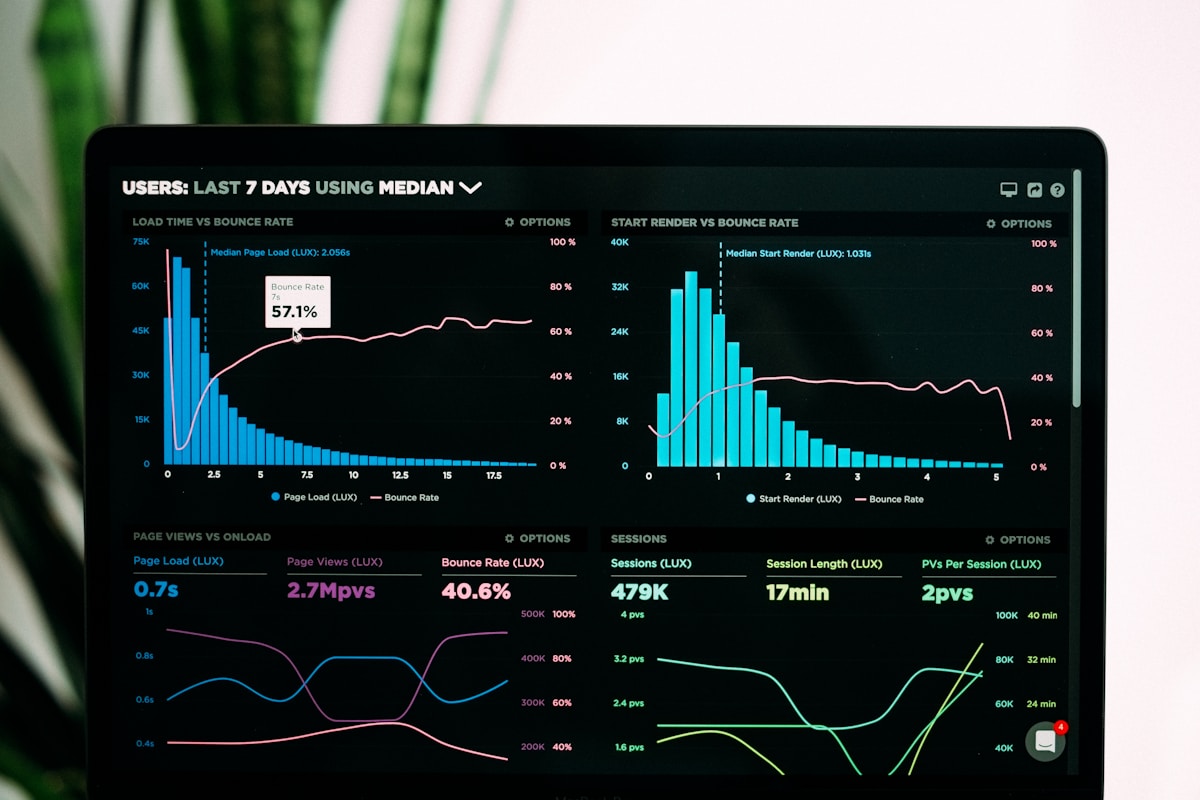Valve doesn’t get nearly enough criticism for a company facing multiple billion-dollar antitrust lawsuits, maintaining some of the worst customer service in tech, and allegedly using monopolistic practices to keep game prices artificially high. Yet mention these issues in most gaming communities and you’ll face immediate pushback from fans who’ve convinced themselves that Steam’s dominance happened purely through merit rather than aggressive business tactics.
The reality is far more complicated. Court filings reveal internal emails showing Valve aggressively policing pricing rules, threatening to pull promotional visibility if publishers offer better deals elsewhere. Class action lawsuits estimate Valve’s practices have resulted in 3.1 billion dollars in overcharges to developers over recent years. And customer support horror stories pile up from users who’ve discovered that Valve’s hands-off reputation extends to actually helping customers when things go wrong.
The Monopoly Nobody Wants to Talk About
Steam controls an estimated 75 percent of the PC gaming digital distribution market. That’s not just market leadership, that’s dominance approaching monopoly territory. Court documents from the ongoing Wolfire v. Valve lawsuit detail how this dominance was achieved and maintained through practices that go far beyond simply offering a superior product.
According to legal filings, Valve enforces what’s called a Platform Most-Favored-Nations clause. In plain English, this means if you sell your game on Steam for 29.99 dollars, you cannot sell it cheaper anywhere else, even on your own website or through competing stores. Publishers who violate this rule face consequences including removal from promotional visibility, which can devastate sales given Steam’s market position.
Internal emails included in the lawsuit show Valve employees explicitly threatening publishers. One message reads – I told the publisher it was bullshit to offer a higher discount on another platform, one week after our summer sale. We gave them a ton of exposure only to have them beat the discount one week later. Another warns that promotional visibility will be pulled if titles are available cheaper elsewhere.
The 30 Percent Tax
Valve takes 30 percent of every game sale on Steam. That’s not a service fee, it’s revenue sharing that economic experts argue should be closer to 17 to 18 percent in a truly competitive market. For context, that difference translates to potentially 3.1 billion dollars in overcharges during the proposed class period according to expert testimony in the antitrust cases.
Defenders argue this is industry standard, pointing to Apple and console platforms charging similar rates. But that’s exactly the problem. These platforms operate as what economists call two-sided markets where they control access between developers and consumers. When multiple platforms all charge inflated rates because there’s no meaningful competition, consumers and developers both lose.
Epic Games Store launched in 2018 specifically to challenge this model, taking only 12 percent revenue share. The gaming community largely rejected it, not because Epic’s store was technically inferior, though it was, but because moving their existing libraries and friend networks felt like too much friction. Valve spent over a decade building network effects that make competition nearly impossible regardless of pricing.
Customer Service That Barely Exists
Try searching for Valve customer service horror stories and you’ll find thousands. The company operates entirely through an automated ticket system with response times ranging from days to weeks. There’s no phone number to call. No live chat. Just submit a ticket and wait, hoping someone eventually reads it.
Hardware support is somehow worse. Users report Valve Index VR headsets breaking shortly after the one-year warranty expires, followed by weeks of back-and-forth with support that often ends with refurbished replacements provided as is with no warranty. One user documented their experience as an absolute horror show after their Index broke two months past warranty, facing nearly a month of troubleshooting before getting a replacement that itself could break without recourse.
The Better Business Bureau receives regular complaints about Steam, and escalation options remain limited. You can file with your state’s Attorney General for particularly egregious issues, but for most problems you’re stuck waiting on Valve’s ticket system with no guarantee of satisfactory resolution. For a company worth billions operating a platform millions depend on daily, this is unacceptable.
How Valve Built the Monopoly
Steam didn’t achieve dominance through passive excellence. Court proceedings show Valve made aggressive strategic moves starting in 2003 when they forced all Counter-Strike players to install Steam, immediately capturing a captive audience of 2 million players and claiming 88 percent control of the online action game market.
Valve then pursued exclusive deals with major publishers to require Steam for retail PC versions of anticipated titles like Modern Warfare 2, Spore, and Civilization 5. They made OEM deals to pre-install Steam on gaming PCs with casual exclusives like Peggle Extreme. By 2011, Steam was installed on nearly every gaming PC in the world. The monopoly was established through calculated business strategy, not accidental superiority.
Since achieving dominance, Valve has focused on defending Steam against potential threats like Microsoft’s Universal Windows Platform and expanding into new markets with hardware like Steam Deck. Meanwhile, they’ve extracted more revenue through loot boxes, battle passes, paid mods, and using Steam as infrastructure for speculation, gambling, and global money transmission.
The Competition That Never Materializes
Epic, Microsoft, EA, Amazon, and Ubisoft have all attempted to compete with Steam through their own storefronts. All have failed to gain meaningful traction despite massive resources. The lawsuit argues this isn’t because Steam is simply better, but because Valve’s pricing restrictions and market control make competition structurally impossible.
When Epic Games Store launched with better revenue sharing for developers and free games for users, the gaming community largely rejected it. Some of that criticism was legitimate, the store launched missing features like shopping carts and user reviews. But much of the backlash seemed rooted in defending Steam against a newcomer that threatened the comfortable status quo, even though that newcomer was offering better terms for developers and theoretically lower prices for consumers.
The reality is that meaningful competition might require games to be cheaper on alternative platforms to overcome Steam’s network effects. But Valve’s alleged Most-Favored-Nations clause specifically prevents that, creating a catch-22 where competitors can’t differentiate on price and Steam’s existing user base makes differentiation on features nearly irrelevant.
The Ongoing Legal Battles
Multiple antitrust lawsuits are working their way through courts as of 2025. The Wolfire v. Valve case achieved class certification in June 2025, meaning it can proceed as a class action representing all affected game publishers. A separate UK lawsuit claims Valve overcharged 14 million British Steam users through monopolistic practices that breach competition law.
Valve’s defense argues Steam is not a monopoly but a two-sided platform facing robust competition from console ecosystems, mobile app stores, and first-party launchers. But this framing ignores the structural chokepoints platforms create. When one company controls discoverability, pricing, and monetization terms for 75 percent of a market, it stops being a neutral marketplace and starts resembling infrastructure that should face utility-style regulation.
The lawsuits could force dramatic changes to how Steam operates. Potential outcomes include eliminating pricing restrictions, reducing the 30 percent revenue share, opening Steam’s platform to third-party stores, or even structural separation of different business units. Any of these would fundamentally alter the PC gaming landscape.
Why Gamers Defend Valve
The strangest aspect of Valve’s situation is how fiercely gamers defend the company despite these issues. Part of this stems from legitimate appreciation. Steam offers features competitors still haven’t matched after years, reviews, community forums, workshop mods, family sharing, and excellent sales. The Steam Deck represents genuine hardware innovation. Valve’s hands-off approach to content moderation appeals to users tired of corporate censorship.
But appreciation for good features shouldn’t excuse monopolistic practices or terrible customer service. You can acknowledge that Steam provides value while also recognizing that Valve uses market dominance to prevent competition and potentially keeps prices higher than they would be in a truly competitive market. These positions aren’t contradictory.
There’s also a perception that Valve is the good guy fighting against corporate publishers and console platform holders. But Valve is itself a corporation worth an estimated 7.7 billion dollars as of 2025. Gabe Newell owns multiple superyachts. The company extracts billions annually from developers and consumers through platform fees. Treating Valve as the scrappy underdog fighting for gamers is divorced from reality.
What Needs to Change
First, Valve needs to implement actual customer service. A ticket system with week-long response times is unacceptable for a platform millions depend on. Live chat, phone support for urgent issues, and transparent escalation processes should be baseline expectations, not pipe dreams.
Second, pricing restrictions that prevent games from being cheaper elsewhere need elimination. If Epic or another competitor wants to subsidize games or accept lower revenue shares, developers should be free to pass those savings to consumers. Valve can compete on features rather than using contract terms to kneecap rivals.
Third, the 30 percent revenue share deserves serious scrutiny. If economic experts are correct that a competitive market would see rates closer to 17 to 18 percent, Valve should justify the premium or reduce fees voluntarily before courts force the issue.
Frequently Asked Questions
Is Valve actually a monopoly?
Valve controls approximately 75 percent of the PC digital game distribution market, which legal experts argue constitutes monopoly power. Multiple antitrust lawsuits are ongoing, with courts yet to make final determinations on whether Valve’s practices violate competition law.
Why is Steam customer service so bad?
Valve operates with a relatively small staff using a flat organizational structure with no traditional management. This contributes to slow customer service response times handled entirely through an automated ticket system with no phone or live chat support.
What is the Platform Most-Favored-Nations clause?
This alleged contract term prevents game publishers from selling their titles cheaper on competing platforms than on Steam. Lawsuits argue this prevents price competition and keeps game costs artificially high across the PC gaming market.
How much does Valve make from Steam?
Valve takes 30 percent of every game sale on Steam. With billions in annual transactions, this generates enormous revenue. Economic experts argue a competitive market would see platform fees closer to 17 to 18 percent instead of 30 percent.
Why don’t gamers use Epic Games Store?
Despite offering better terms for developers and free games, Epic Games Store hasn’t gained significant market share because users already have game libraries, friends, and communities on Steam. Network effects make switching platforms difficult regardless of objective feature comparisons.
What could happen if Valve loses the antitrust lawsuits?
Potential outcomes include forced elimination of pricing restrictions, reduced revenue shares, requirements to open the platform to third-party stores, or structural separation of business units. Any of these would fundamentally change the PC gaming market.
Does Valve’s Steam Deck change anything?
The Steam Deck represents genuine hardware innovation and shows Valve can create valuable products. However, creating good hardware doesn’t excuse monopolistic platform practices or poor customer service. These are separate issues.
How do I escalate issues with Steam support?
After exhausting Steam’s ticket system, you can file complaints with the Better Business Bureau or your state’s Attorney General for serious issues. However, these processes are slow and don’t guarantee resolution of individual problems.
The Reckoning Ahead
Valve has operated largely free from serious criticism for years, protected by goodwill earned through genuinely useful features and the perception of being gamer-friendly compared to traditional publishers. But that goodwill shouldn’t exempt the company from accountability for practices that potentially harm developers and consumers.
The ongoing antitrust lawsuits represent a reckoning that’s been building for years. Between 2015 and 2024, platform revenues in gaming more than tripled from 19.1 billion to 68.4 billion dollars. Platforms have become apex predators extracting enormous value while developers struggle with rising costs and saturated markets. The question is whether courts will force change or whether Valve’s market position proves legally unassailable.
Regardless of legal outcomes, the gaming community needs to develop more critical perspectives on platform power. Loving Steam’s features doesn’t require defending monopolistic practices. Appreciating the Steam Deck doesn’t mean accepting terrible customer service. And recognizing that Valve created value doesn’t preclude acknowledging they use market dominance to prevent competition and potentially keep prices higher than necessary.
The next few years will determine whether Valve faces meaningful consequences for allegedly anticompetitive practices or whether the company continues operating with minimal accountability. But either way, gamers should demand better. Better customer service, fairer terms for developers, real price competition, and platforms that serve users rather than extracting maximum rent from their market position. Valve deserves credit for what it does well, but that credit shouldn’t come with immunity from legitimate criticism of what it does poorly.



